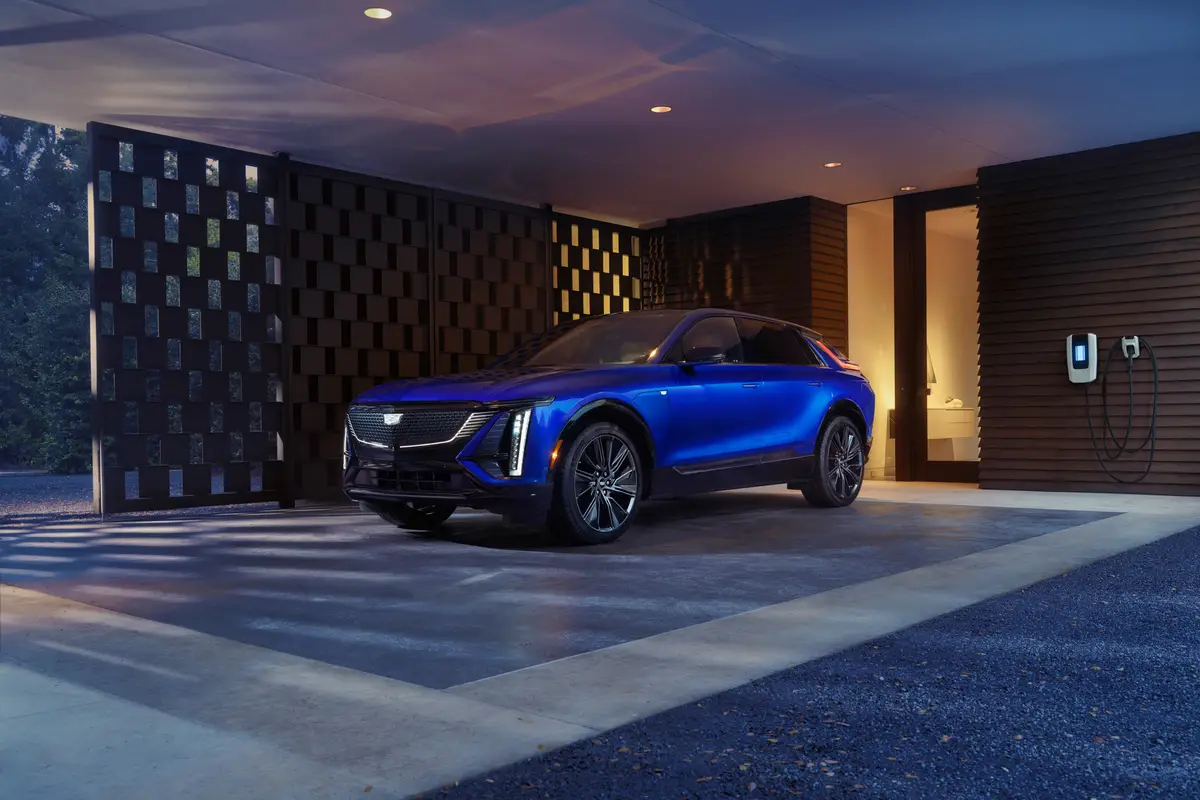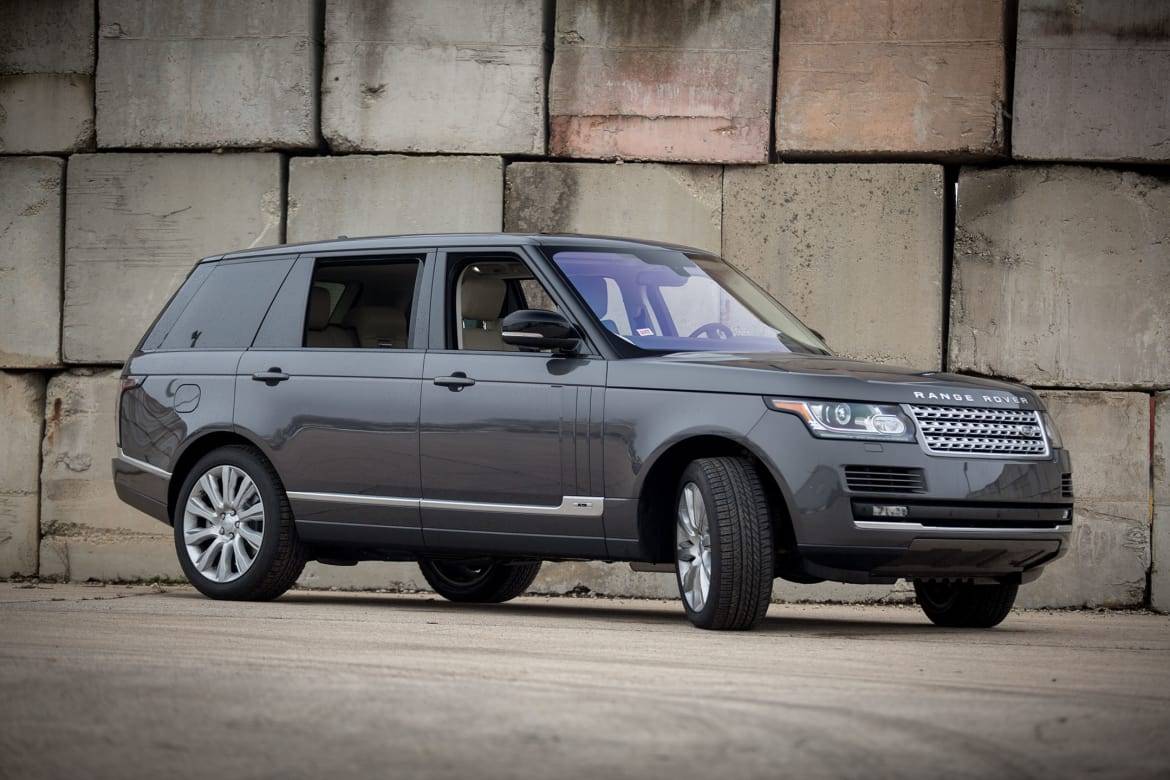The Morning Call and Mcall.com's view
In a model year when all auto manufacturers are trying to outdo each other, Pontiac’s latest ”outdo” car is the ’88 Grand Prix, yet another entry into the highly competitive mid-size coupe market.
If you haven’t seen many of the new Grand Prixs around, don’t despair. Originally scheduled for introduction in the spring, Pontiac apparently couldn’t wait. Cars began trickling into dealerships at the beginning of the year and there are still very few of them around.
Although it is a redesigned car from top to bottom, it still has a Pontiac look to it; most notably the split grille and soft fascia bumpers, two identifying features. But that’s where familiarity ends. The Grand Prix does not look like any other Pontiac, or, for that matter, any other General Motors car. GM is going out of the way to give its divisions individual models.
The test car (supplied by Knopf Automotive, 3401 Lehigh St., Allentown) was a middle-of-the-line LE model. At the bottom is the base or entry level Grand Prix and at the top is the SE, the ”serious” Grand Prix. Despite its lack of numbers or public exposure, the SE was recently named Motor Trend ”Car of the Year.” So, right up front, it looks like the Grand Prix is in for a lot of attention.
Aerodynamics is the force behind styling today and it seems even more so in the mid-size coupe segment of the market. Yes, the light at the end of the wind tunnel was taken very seriously by Pontiac. So much so that its Grand Prix ended up with a coefficient of drag (Cd) of 0.29, making it one of the ”slipperiest” production cars on the market.
To achieve this low Cd, the Grand Prix was given a sharply tapered nose and low hoodline, a 62-degree angled windshield (not many bugs are going to stick to this one), flush-mounted glass, flush-fitting composite halogen headlamps and hidden ”wet-arm” windshield wipers (yes, the fluid squirts out of the wiper arm).
Taken all together, the design is attractive, aggressive and as American as applejack.
The interior manages to follow the example of the exterior. There’s flash, sporty looks and (apparently) a well thought-out theme. The LE’s 60/40 split front seat reclines and has a folding armrest. The three-passenger rear seat has an integrated headrest design and folding armrest with a unique ”pass- through” access to the trunk. This last item is similar to a feature in some German cars known as a ”ski-sack” and allows long objects (such as fishing poles and perhaps even skis) to be fitted partly in the trunk and partly in the passenger compartment.
The car measures 107.5 inches in wheelbase, 193.9 inches in length, 71 inches in width, 52.8 inches in height and weighs in at 3,060 pounds. Front seat room is good and if the front seats aren’t extended fully aft, rear seat passengers will have adequate leg room. And the trunk is decently sized at 15- cubic feet.
Instrument s are easy to read and, with a little practice, controls convenient to operate. The controls, as in many other new models, are positioned to be activated/deactivated by fingertip. The purpose of such controls, of course, is to allow the driver to keep his/her eyes on the road. Nothing wrong here, but, as mentioned, it does take some practice.
Driving the Grand Prix is no chore. Standard in the LE (as well as the base Grand Prix) is a four-speed automatic transaxle. You give it the gas, it does the thinking. Right off, though, first time drivers will realize there’s a lot of sport in this car. Steering wheel pressure is firm, the ride is tight and handling is responsive. For those who are able, the LE is capable.
The Grand Prix’s chassis features power rack-and-pinion steering, MacPherson strut front suspension and a ”tri-link” design rear suspension. According to Pontiac, this design was selected because of inherent decoupling characteristics and side to side inertial. The three mount points (in the tri- link) are the crossmember, strut tower and trailing arm. A composite fiberglass monoleaf spring is mounted transversely to the underside of the crossmember. All rather simple but very effective. Also, all Grand Prix models are equipped with four-wheel disc brakes.
The test car had the standard suspension system but was helped out by the option 195/70R15 Goodyear Eagle GT+4 all-season performance tires. These tires are new for the 1988 model year and are available on a number of cars. It would be very difficult evaluating these tires without knowing how the car would react with other type of tires. But from testing other cars with GT+4 tires, I do believe they have more bite (than a regular all-season radial) in snow. The test car was driven through snow, slush and slop and managed to come through without any problems.
The standard suspension will satisfy most drivers. But for those who want just a little more, there is the optional (on the base and LE) Rally Tuned Y99 suspension, featuring specific springs and shock rates, larger front stabilizer bar, specific steering gear valving and 215/65R15 GT+4 tires. (This suspension, along with a number of other items including a GM Muncie/Getrag 5- speed manual transaxle, is standard on the sportier SE model.)
Powering the Grand Prix is a familiar engine in the GM lineup – the 2.8- liter/171-cubic-inch V-6. There have been several refinements on this engine this year, the most noteworthy the application of ”one-size” pistons, and it just seems to get better over the years. This multi-port fuel injected engine with all of its aluminum castings and brightwork also has an attractive appearance under the hood.
The engine is rated at 130 horsepower at 4,800 rpm and 160 foot pounds torque. Performance is lively in all ranges. Just hit the accelerator and watch the tachometer and speedometer climb. Also impressive is fuel mileage. The test car averaged 15 miles per gallon for city driving and 27 mpg over local highways.
Base price for the LE is $13,239. Along with a nice level of trim, standard equipment includes power brakes and steering, tinted glass, AM-FM stereo sound system with clock, dual outside mirrors, stainless steel exhaust system, power windows and easy-entry right front seat. Options on the test car totaled $1,357. The biggest item was Option Package #1 (air conditioning, tilt steering, vanity mirror, cruise control and power door locks), $850. Other options included 15-inch styled wheels, $124; rear window defogger, $145, and upgraded radio with cassette deck, $122. Add the delivery charge of $430 and the bottom line came to $15,026.
The Grand Prix is covered by a basic 12-month/12,000-mile warranty; a 6- year/60,000-mile powertrain warranty, and a 6-year/100,000-mile rust perforation warranty.
Latest news



